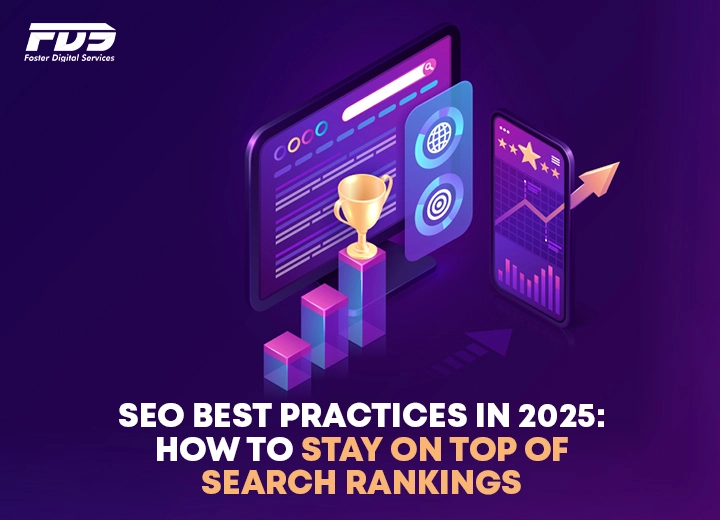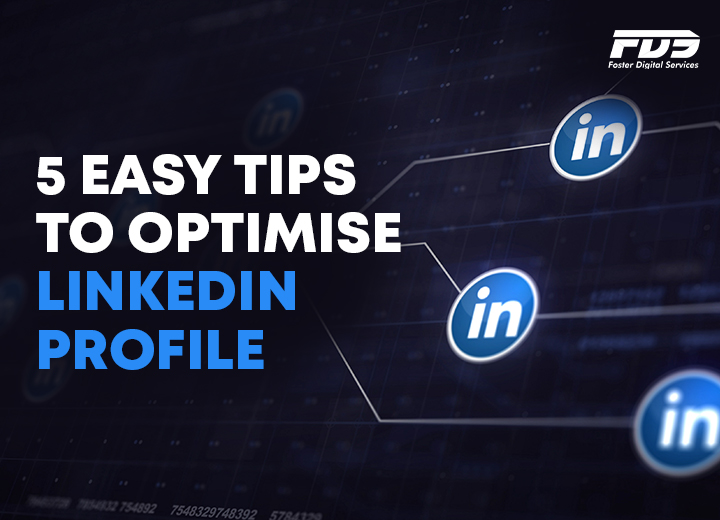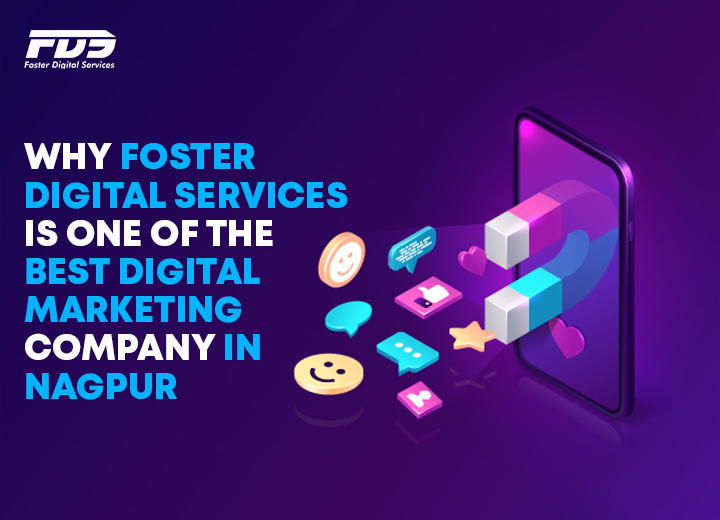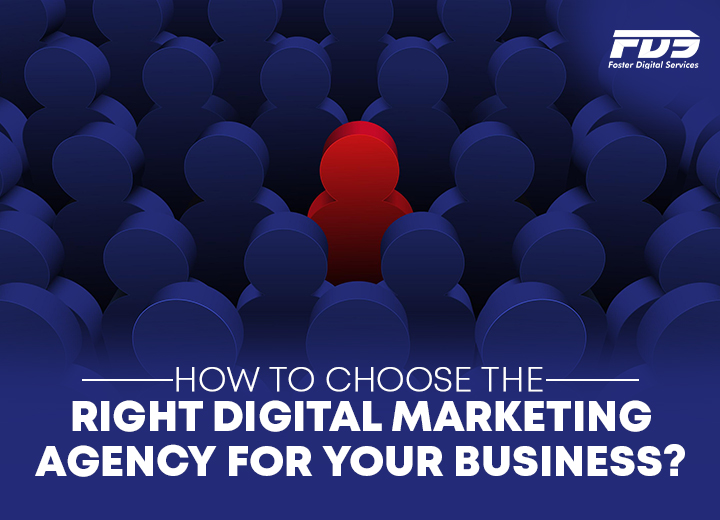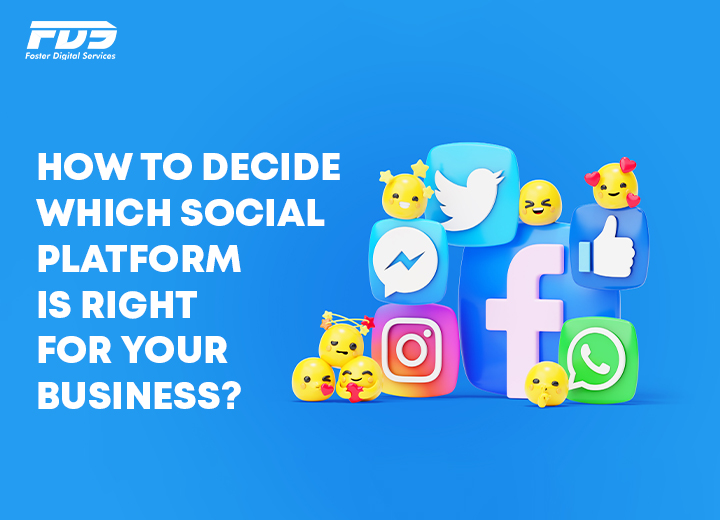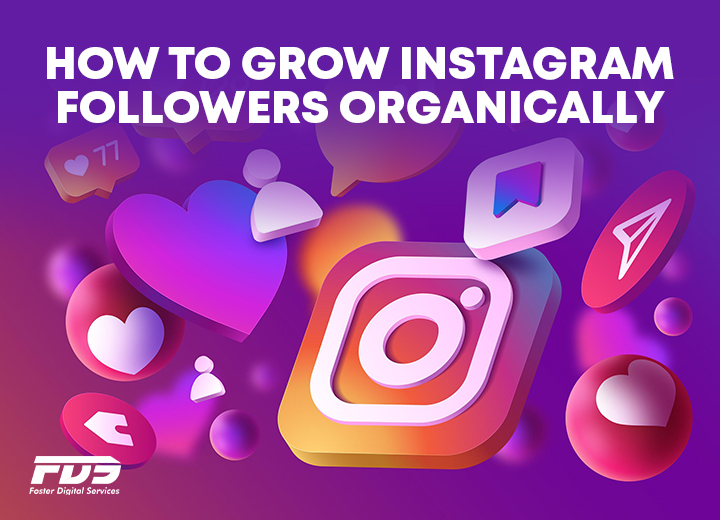Content marketing is a powerful tool that helps businesses connect with their audience. It involves creating and sharing valuable content to attract and engage customers. This blog’ll walk you through the entire content marketing process, from planning to publication.
Whether new to content marketing or looking to refine your strategy, this guide will provide you with the essential steps to succeed.
Understanding Content Marketing
Definition and Key Concepts
Content marketing is a strategy focused on creating and sharing content that is valuable, relevant, and consistent. The goal is to attract and retain a clearly defined audience, ultimately driving profitable customer action.
Benefits of Content Marketing for Businesses
Content marketing offers many benefits, including:
- Building Trust: By providing valuable information, businesses can establish trust with their audience.
- Increasing Visibility: Quality content can improve search engine rankings and increase website traffic.
- Generating Leads: Content can attract potential customers and convert them into leads.
- Enhancing Customer Loyalty: Regularly providing useful content helps keep customers engaged and loyal.
Current Trends in Content Marketing
Some current trends in content marketing include:
- Video Content: Videos are becoming increasingly popular and are highly engaging. Platforms like YouTube promotion services and YouTube marketing agencies can help amplify your video content.
- Personalization: Tailoring content to individual preferences and needs.
- Interactive Content: Quizzes, polls, and interactive infographics are gaining traction.
Planning Your Content Marketing Strategy
Setting Goals and Objectives
Importance of Clear Goals
Clear goals help you stay focused and measure success. Without them, it’s hard to know if your efforts are paying off.
Common Content Marketing Goals
Some common goals include:
- Brand Awareness: Making more people aware of your brand.
- Lead Generation: Attracting potential customers.
- Customer Retention: Keeping existing customers engaged.
Identifying Your Target Audience
Creating Buyer Personas
Buyer personas are fictional characters that represent your ideal customers. They help you understand your audience better and create content that resonates with them.
Understanding Audience Needs and Pain Points
Knowing what your audience needs and their challenges helps you create content that solves their problems and meets their needs.
Conducting a Content Audit
Evaluating Existing Content
Review your current content to see what is working and what isn’t. This helps you understand what type of content your audience likes.
Identifying Gaps and Opportunities
Look for areas where your content is lacking and identify opportunities to create new, valuable content.
4. Developing Your Content Plan
Content Ideation and Brainstorming
Techniques for Generating Content Ideas
Here are some techniques to generate content ideas:
- Brainstorming: Get together with your team and come up with as many ideas as possible.
- Audience Feedback: Ask your audience what they want to know.
- Competitor Analysis: Look at what your competitors are doing for inspiration.
Tools for Content Inspiration
Some useful tools for content inspiration include:
- Google Trends: See what topics are currently popular.
- BuzzSumo: Find out what content is performing well on social media.
- Answer the Public: Discover what questions people are asking about your topic.
- Google Ads Keyword Planner: Identify keywords that can help your content rank better in search engines.
Creating a Content Calendar
Importance of a Content Calendar
A content calendar helps you plan and organize your content. It ensures you consistently publish content and stay on track with your goals.
Tips for Effective Content Scheduling
- Plan Ahead: Schedule your content at least a month in advance.
- Be Consistent: Stick to a regular posting schedule.
- Mix It Up: Vary your content types to keep your audience engaged.
5. Crafting Compelling Content
Types of Content
Different types of content include:
- Blog Posts: Informative articles on your website.
- Videos: Engaging visual content. You can utilize YouTube promotion services to increase visibility.
- Infographics: Visual representations of information.
- Podcasts: Audio content that people can listen to on the go.
Content Creation Best Practices
Writing Engaging Headlines
A good headline grabs attention and makes people want to read your content. Keep it clear and interesting.
Structuring Content for Readability
Use short paragraphs, bullet points, and subheadings to make your content easy to read.
Incorporating Visuals and Multimedia
Adding images, videos, and infographics makes your content more engaging and helps illustrate your points.
SEO and Content Optimization
Keyword Research
Find out what keywords your audience is searching for and include them in your content. This helps improve your search engine rankings. Tools like Google Ads Keyword Planner can be very helpful in this process.
Onpage SEO Techniques
Make sure your content is optimized for search engines by using keywords in headings, meta descriptions, and throughout the content. Also, ensure your website is mobile-friendly and loads quickly.
6. Content Distribution and Promotion
Choosing the Right Channels
Owned, Earned, and Paid Media
- Owned Media: Channels you control, like your website and social media profiles.
- Earned Media: Publicity you gain through word-of-mouth, mentions, and shares.
- Paid Media: Advertising, such as social media ads and sponsored posts. Platforms like Google Ads Campaigns can be very effective.
Social Media Platforms, Email Marketing, and Partnerships
Promote your content on social media (like Facebook, Instagram, and LinkedIn), through email newsletters, and by partnering with other businesses or influencers.
Amplifying Your Reach
Influencer Marketing
Collaborate with influencers who can promote your content to their audience on platforms like Instagram and Facebook.
Paid Advertising Strategies
Use paid ads on platforms like Google Ads Campaigns, Facebook, Instagram, and LinkedIn to reach a larger audience and drive traffic to your content.
7. Measuring and Analyzing Results
Key Metrics to Track
Track these metrics to measure the success of your content marketing:
- Traffic: Number of visitors to your website.
- Engagement: Likes, shares, comments, and time spent on your content.
- Lead Generation: Number of leads generated from your content.
- Conversion Rates: Percentage of visitors who take the desired action (e.g., making a purchase).
Tools for Monitoring Performance
Use tools like Google Analytics, social media insights, and SEO tools to track and analyze your performance. For LinkedIn Marketing, consider using analytics provided by LinkedIn B2B marketing agencies.
Iterating Based on Insights
Adjusting Strategies Based on Data
Review your metrics regularly and adjust your content marketing strategy based on what is working and what isn’t.
Continuous Improvement
Content marketing is an ongoing process. Continuously look for ways to improve your content and strategy.
By following these steps, you can develop a successful content marketing strategy that connects with your audience, achieves your goals, and grows your business. Foster Digital Services specializes in crafting strategic content that drives results.
Remember, consistency, creativity, and understanding your audience are key. Happy content marketing with Foster Digital Services!


